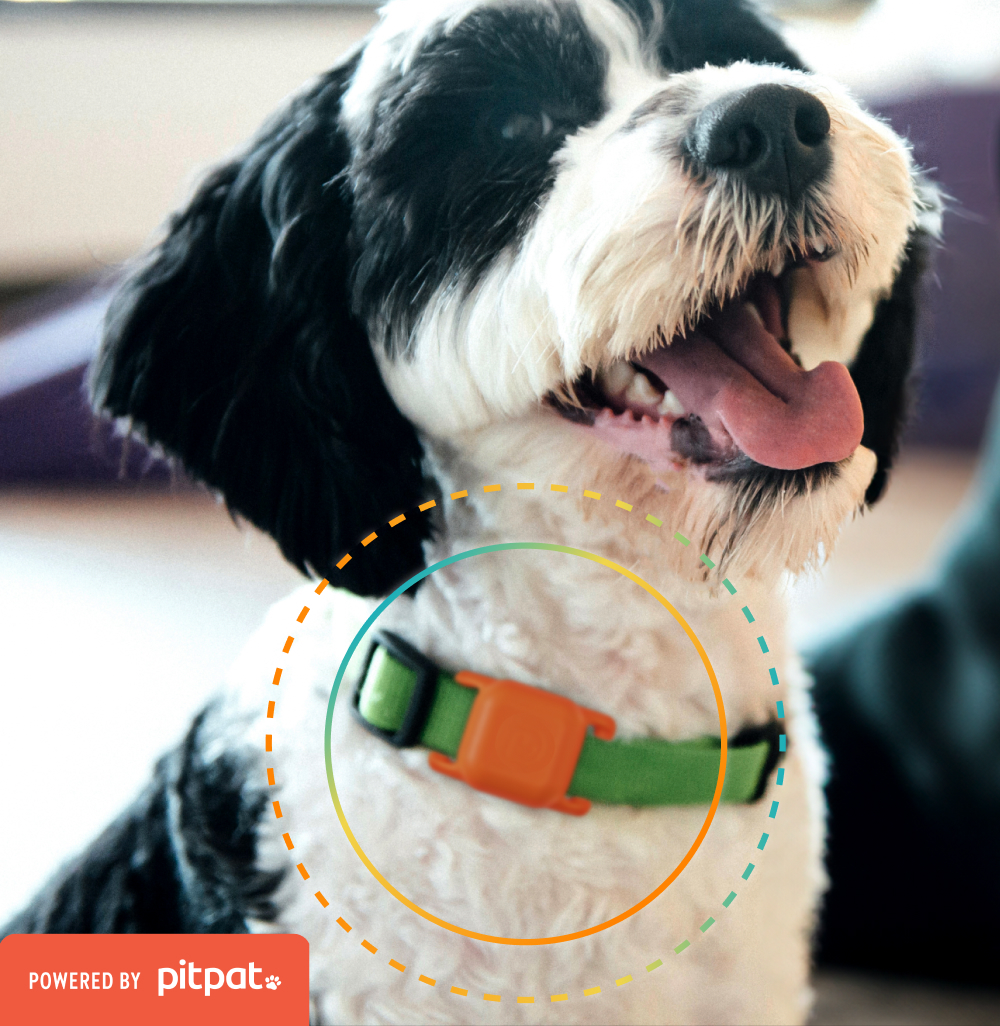How to Protect Your Dog During a Natural Disaster

As pet parents, we want to keep our furry family members safe and happy even in the most stressful situations. But what can we do when the unexpected hits? Natural disasters can strike with little or no warning. Hurricanes, tropical storms, wildfires, flooding and other weather-related crises can arise rather unexpectedly, leaving you a small amount of time, if any, to prepare. That is why it is important to be ready long before an emergency arises.
Here are some tips to protect your pet’s health and safety during a natural disaster.
Create an action plan
Create your family’s emergency plan in advance and be sure to include your four-legged family members. First, familiarize yourself with what disasters and dangers typically occur in your region and research the alternatives available when it comes to providing care for your pet. Next, make sure your dog is prepared in case you get separated by:
- having your dog wear collar tags that contain the most up-to-date contact information
- considering microchiping your dog. In the event that you get separated from your pet, a microchip that contains accurate contact information will help reunite you. Also include contact info for a trusted person who lives outside of the impacted zone
- buying a pet carrier or crate in case you must evacuate and need to transport your pet safely
Be sure your phone is fully charged in the event of an emergency, and stock up on batteries, water and pet food. Network with your neighbors and friends who live close to you who can care for your pet if a disaster strikes when you aren’t at home. Consider where you could go if you need alternate housing and contact your local hotels or evacuation shelters beforehand to ensure they accept pets so you know where you are going ahead of time and are not trying to call them during the disaster.
Create a Safe Space
Your dog’s comfort is crucial to their health and safety so choose a room that is pet-friendly in case you need to spend considerable time inside your house. Make sure it is an interior room that is windowless and free of toxic chemicals. It’s also best to remove large furniture and cover vents to prevent your pup getting stuck or injured.
Schedule Arrangements in Advance
If you are forced to evacuate your home, be sure to take your pets with you. However, be aware that pets may not always be accepted at emergency shelters. It’s important to contact your local evacuation center to see if they accommodate animals before going there. In an event that you need alternative accommodations for your pet, contact your local animal shelter, veterinary clinics or the nearest Dogtopia to see if boarding is available. If there is no available space, arrange for your pet to stay at a trusted relative or friend’s home outside the danger zones. Remember to bring their emergency kit with them.
Assemble an Emergency Kit
Having your pet’s emergency kit pre-packed will help your evacuation run smoothly. Their kit should include a recent image of your pet, first aid items, two weeks’ worth of food for each animal (stored in waterproof containers or cans), bedding and toys, a leash, medicine, your pet’s updated medical documents and a list of their prescriptions, as well as your contact info and the info of someone you know who lives outside of the affected area.
Here are more essential items to include in your pet’s go-bag:
Return Home with Caution
Once the evacuation order has lifted and you return to your home, be aware that your yard and house may have sustained damage. Survey the area carefully before allowing your dog to roam freely without a leash. Also, be extra vigilant about wild animals in your neighborhood, as they are often displaced during natural disasters.








